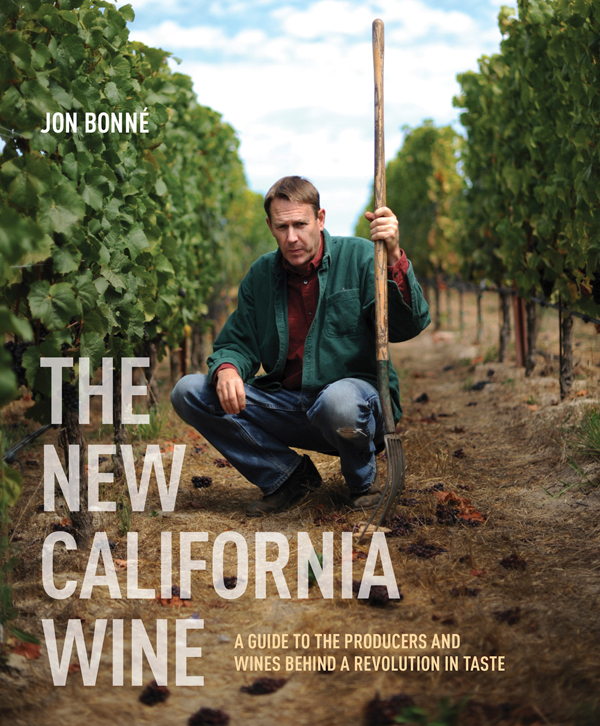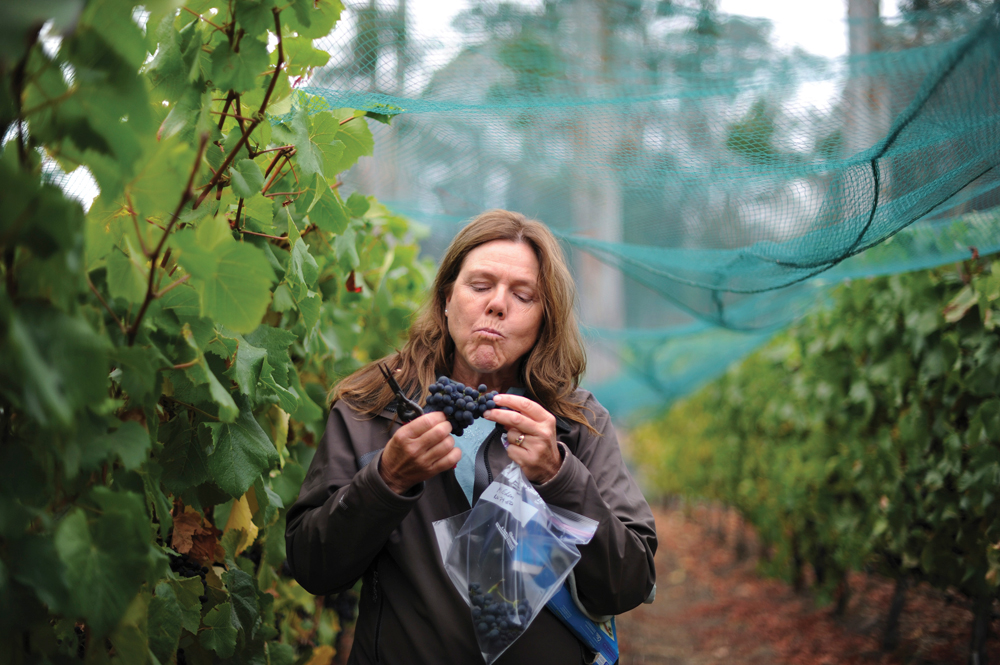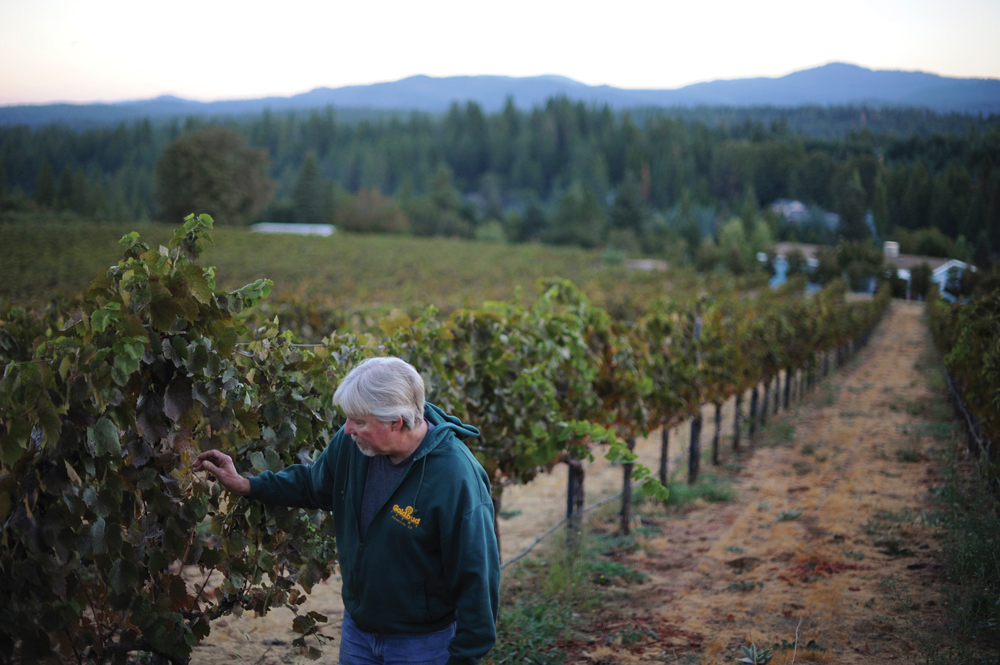It seems like there are three classes of wine consumers: those happy to buy Two Buck Chuck at Trader Joe’s; a small, monied group of aesthetes quibbling over the wine list at top restaurants; and a vast middle class picking out something with a pretty label at the supermarket for $15-30 dollars. Jon Bonné professes to write for all three types. He’s the wine editor of the San Francisco Chronicle and he’s just come out with a book called The New California Wine: A Guide to the Producers and Wines Behind a Revolution in Taste.
What can there possibly be to say about California wine that’s new? “The reason I sort of set out to write this was I realized there’s an entire generation of winemakers who people, for the most part, haven’t really heard of," Bonné told The California Report. "What they were doing was not only interesting and important and of course delicious, but it was really as significant, culturally, as what the first modern generation of pioneers did -- the Robert Mondavis and the Warren Winiarskis -- in terms of looking at California with a global perspective, seeing that this was an amazing place to grow wine."
You might be thinking "Hasn't that been well established by now?" Yes and no. A lot depends these days on how you come down about the trend toward making "fruit bombs." That is to say, big, jammy, fruit-forward wines full of alcohol and sugar dominate the California wine market and have for years. That's put off sophisticated palates, if not the wider drinking public.

Count Bonné among the sophisticates. Fruit bombs, he says, "are very appealing to folks who are just getting into wine, and of course, it’s big, it’s expressive. You can kind of pick out big fruit flavors in it. But ultimately, when you look at the grand culture of wine, the reasons that significant areas have been significant -- it’s because they speak with a specific sense of place.


